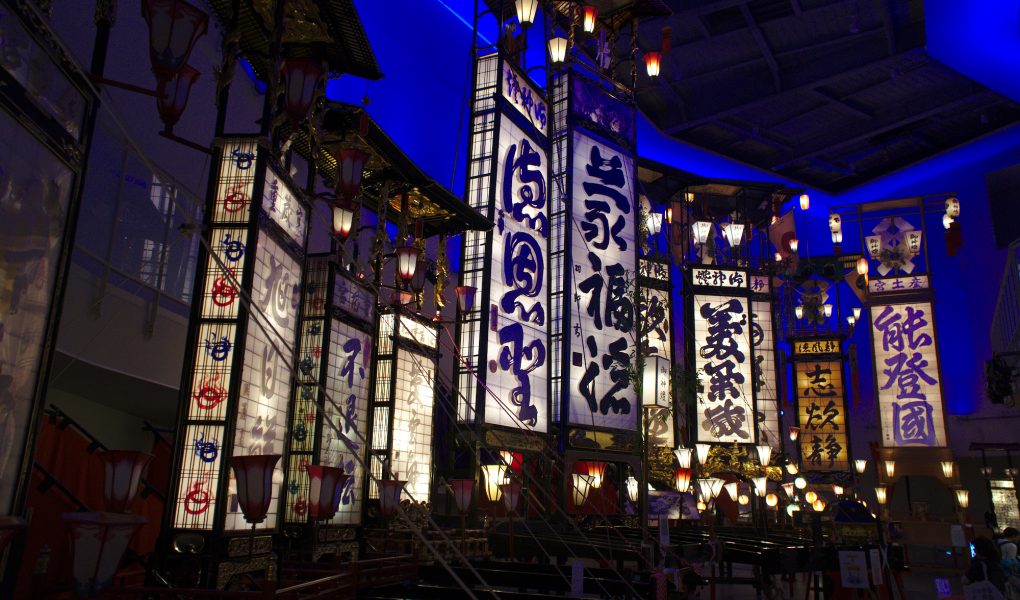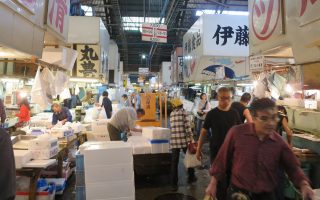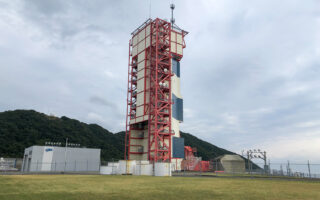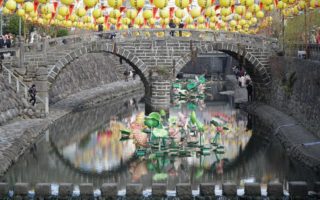Wajima Kiriko Art Museum displays a collection of 31 unique Kiriko lanterns. Kiriko lanterns are used during Matsuri to guide portable shrines which are carried around as part of the festival ceremony. In the Noto region the Kiriko lanterns have become so popular, that they can be the main attraction themselves.
Matsuri is the Japanese term for festivals which are held all over Japan during the summer/autumn period. Some festivals are large and famous, others are very local. Common for most Matsuri’s is that they are typically related to local shrines or temples, and often have a procession (parade) of floats.
Kiriko Lanterns of Noto
Noto Peninsula is somewhat isolated from the rest of Japan and thus has developed it’s own festival culture. The Kiriko lantern has become a symbol of Noto Matsuri’s over the years. A Kiriko is a huge lantern which is carried on the shoulders by a group of people. Typically they are about 5-6 meters tall and the largest being up to 15 meters tall and requiring 150 people to carry it. The lanterns were traditionally used to guide the other floats and portable shrines of the festivals procession. Over time the Kiriko has become an important part of the procession, and the festivals are even known as “Kiriko festivals” today.
The Kiriko festivals are an exclusive cultural phenomenon which can only be experienced in the Noto region. It is estimated that there are more than 200 such festivals around the peninsula over the summer season. The Kiriko lanterns, which are made completely without nails, are disassembled after the festival and stored in the local shrine. Thus they can’t normally be seen except on the day of the festival.
Wajima Kiriko Art Museum
The Kiriko Art Museum in Wajima, has 31 unique and decommissioned Kiriko lanterns on permanent display. The lanterns are arranged in a large, curved room with lights and sounds imitating the festival. It’s truly a unique museum which almost allows you to experience a Kiriko festival without being there. All the lanterns are beautifully lit, and the surrounding walls lit in various colors, adding to the atmosphere.
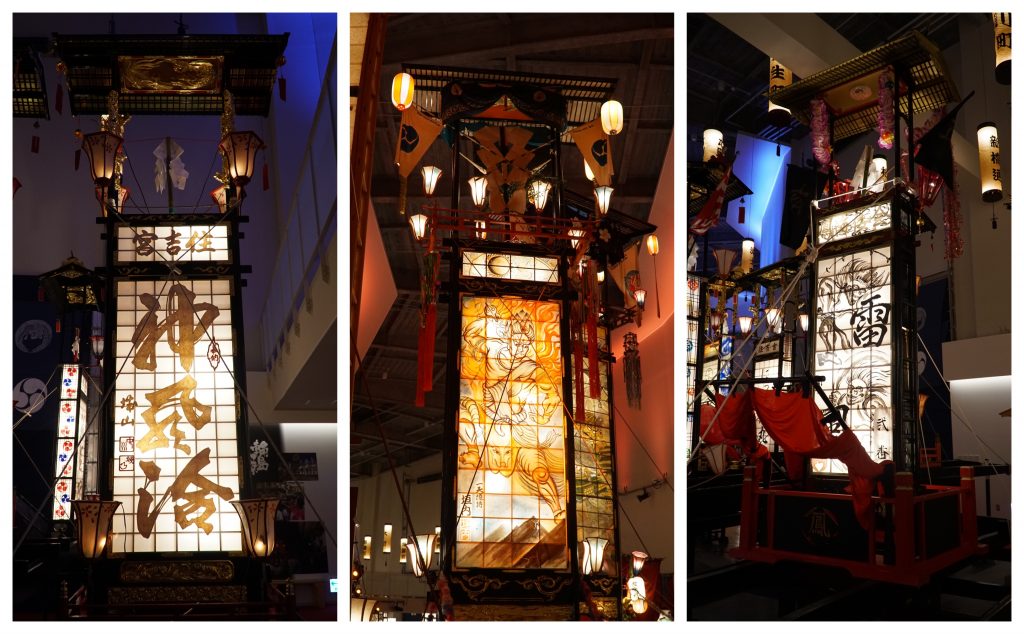
There are 31 Kiriko lanterns on display, but some of them are extra special. The most impressive is the large, 15 meter high lantern (biggest in Noto) weighing about 2500kg. It takes 150 people to carry this monster, which was made from a 400 year old tree from the region. Next, two 12m high lanterns weighing each 2000kg steal your attention in the room. These two lanterns are from the village of Ishizaki. The citizens of Ishizaki puta pride in having the largest lanterns. As a result of this proud tradition, the villagers have buried all their electrical wires in the ground to allow easily parading the beautiful, giant lanterns during their festivals. A couple of historical Kiriko’s are also on display, namely one from the Meiji period with the signs “Wish and Hope” painted on it and one from the Edo period, about 160 years old
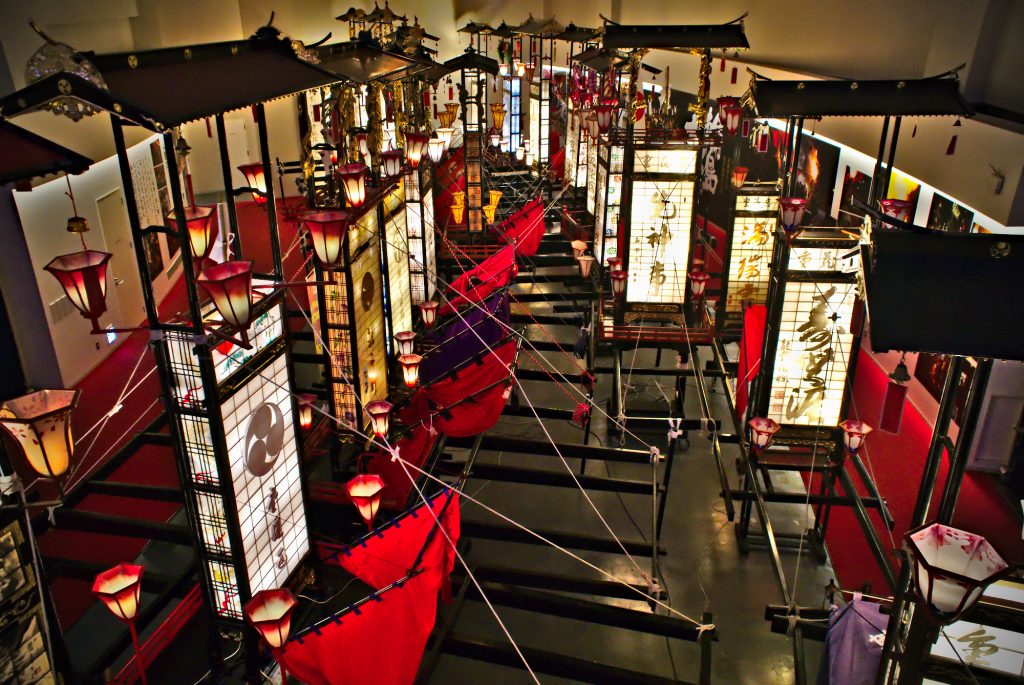
Observation floor
The Kiriko Museum is located beautifully right on the harbor, with a first-class view over the wild sea of Japan. Take the elevator to the third floor and enjoy the amazing view over the sea.
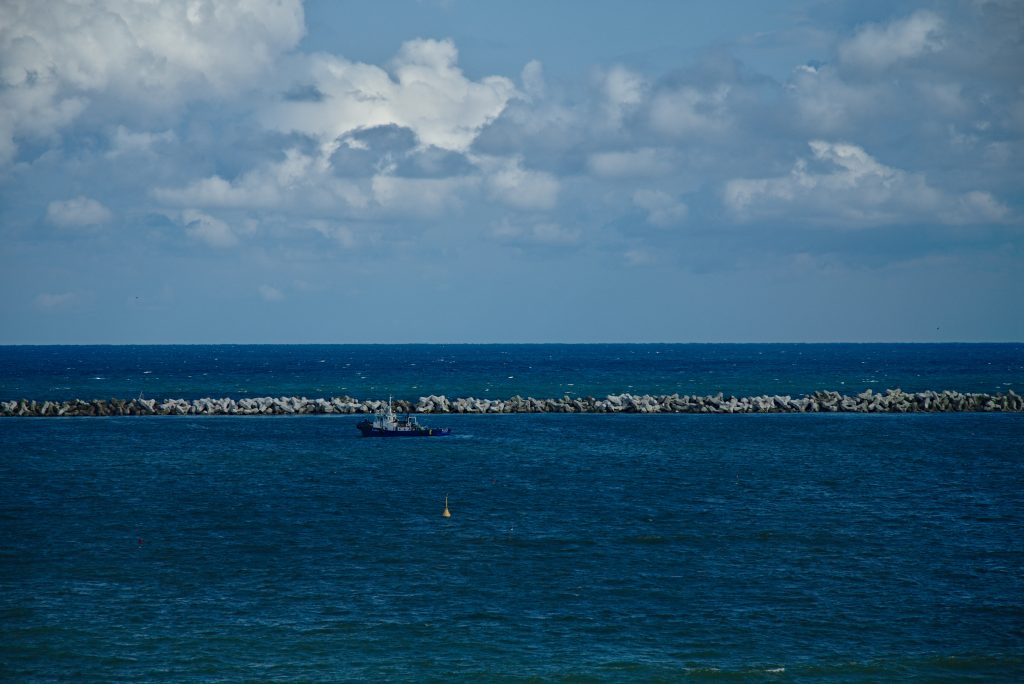
Getting there
By car: Wajima Kiriko Art Museum is located right on the harbor in central Wajima. There is parking available right next to the museum. The drive from Kanazawa to Wajima is about 110km (68mi).
Parking coordinates. 37.396876, 136.907159.
By bus: Express busses operated by Hokutetsu drive between Kanazawa and Wajima about 11 times per daily. The schedule is in Japanese but the tourist information in Kanazawa can help you.
Private tour: you can book a private tour of the Noto Peninsula here.
Train: Are you coming from Tokyo, Osaka or somewhere else in Japan? Then take the Shinkansen bullet train to Kanazawa and catch a bus from there. Shinkansen to Kanazawa is covered by the Japan Rail Pass.
Planning a trip to the Noto region? Then check out all the other articles about the Noto Peninsula.

